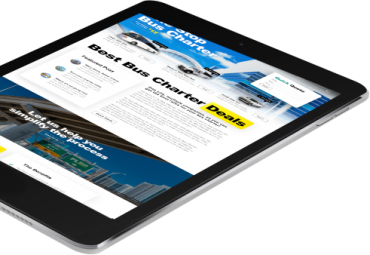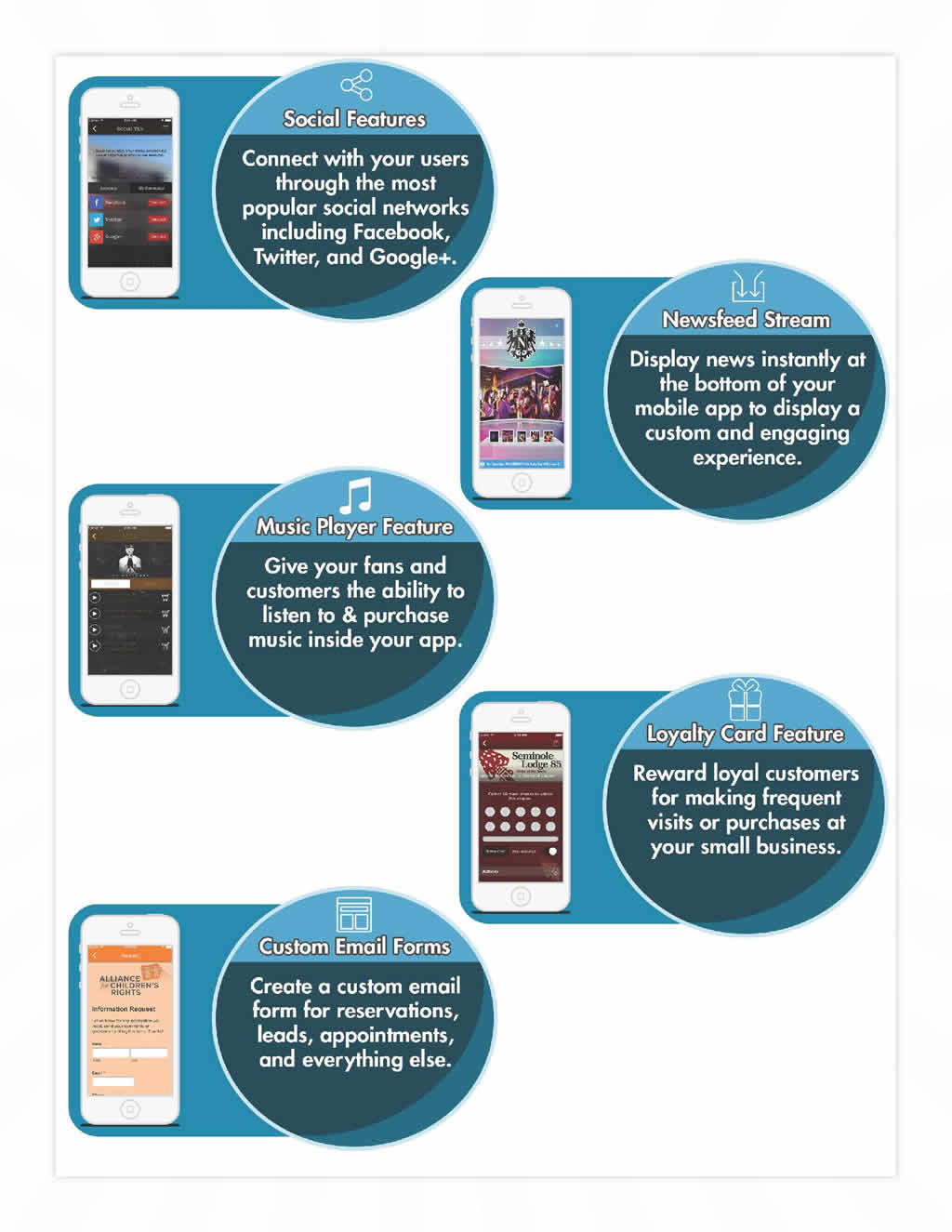
This is no accident. Video is quickly becoming the primary way for people to communicate with each other. And it’s one of the most effective ways for you to promote your business, products, or brand.
Times Have Changed
Not that long ago — maybe a decade or so — the production costs of video kept most small businesses out of this type of media. But today there are practically zero production costs to creating original, effective video marketing.
That’s because most smartphones, tablets, laptops and other devices already come with built-in cameras and microphones. And the picture quality of the videos you can make with these cameras is much better than even the best video camera available on the market a decade ago.
Marketing – Free to Distribute
Then there’s distribution. In the past, if you wanted people to see your marketing videos, you would either have to spend a fortune on an ad buy for TV commercials, or pay a marketing company thousands to get your videos in the hands of producers and other content makers.
Now you can post your video for free on such sites as YouTube, Vimeo and other video sites where they can be seen instantly by millions of people.
You can even directly distribute your videos to your customers via email, text message, Facebook post, Twitter, or any number of other platforms. Or use SEO to get links to your video ranked high on Google.
Best of all, the production and distribution costs to you is next to nothing. Talk about a revolution in marketing!
The Future of Marketing
So it’s no wonder that so many small businesses like yours are turning to video to promote their products, brand, and services: People love them, they are practically free to create and distribute, and they are one of the most effective ways to get your marketing message in front of your customers.






 The purpose of any business email is to convince readers to take some sort of action, whether it is to sign up for a special offer, buy a product or respond with specific information.
The purpose of any business email is to convince readers to take some sort of action, whether it is to sign up for a special offer, buy a product or respond with specific information.



 Local SEO is a technique small business owners can use to make it easier for potential
Local SEO is a technique small business owners can use to make it easier for potential 
 On Tuesday, April 21,
On Tuesday, April 21,